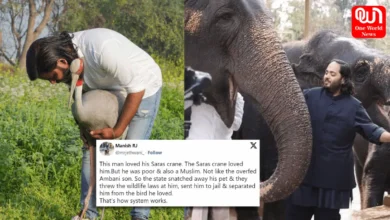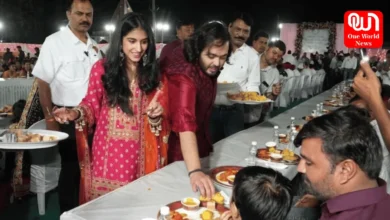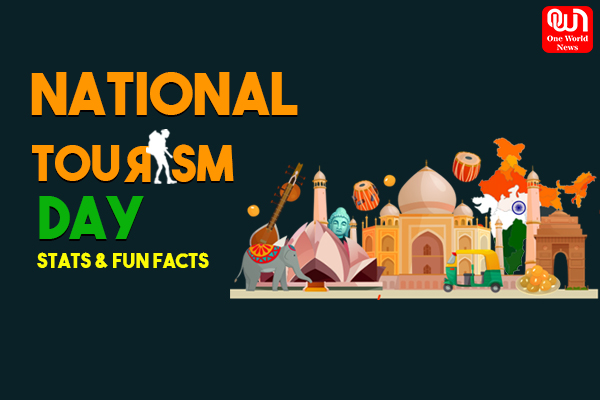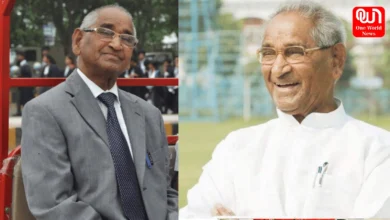
Understand the role of small caste-based political parties in Bihar elections
Election fever in Bihar is in full swing now, political parties have finalized their seats and have started their elections rallies, speeches and campaigns.
In the National Democratic Alliance, Nitish Kumar’s led Janata Dal-United is contesting on 122 and BJP is contesting on 121 seats. While JDU is accommodating Jeetan Ram Manjhi’s Hindustani Aawam Morcha with 7 seats, BJP is giving 11 seats to Mukesh Sahani’s Vikashsheel Insan Party. LJP has decided to remain in the NDA but will contest against all the JDU candidates.
In the grand alliance (Mahagathbandhan or MGB), Tejashwi’s RJD is contesting on 144 seats, Congress on 70 and Left parties – CPI, CPM, and CPI (ML) – on 29 seats. All the three caste-based parties – Mukesh Sahani’s VIP, Manjhi’s HAM and Kushwaha’s Rashtriya Lok Samata Party (RLSP) have been eased out of the grand alliance.
Read more: Understanding the situation of Mahagathbandhan in Bihar Assembly polls

Role of HAM, RLSP and VIP
Rashtriya Janata Dal, which is limited to Yadav-Muslim party should have tried to get all these caste-based parties to increase their political reach as they bring Nishad, Mahadalit and Koeri/Kushwaha community votes along with them. These three caste groups almost account for 24 to 26 per cent of the total population of Bihar. Had they been together, it would have increased the social base of Mahagathbandhan.
The NDA-led by Nitish Kumar enjoys the support of dominant caste groups like Rajputs, Brahmans, Bhumihars for BJP, and Kurmis, Kushwahas/Koeris, and most disadvantaged caste groups too such as Mahadalits for JDU. These account for almost 60 per cent of the total population of the state, which is double the caste votes of Mahagathbandhan. Tejashwi brought the left parties with him which forced Manjhi, Kushwaha and Sahani to leave the alliance due to a slugfest over seat distribution. After a dismal show in 2019 elections, RJD was in no mood to give a lot of seats to these smaller parties.
Historically, the smaller parties and independents have commanded 20 to 25 per cent vote share in the Assembly Elections. They played a key role in installing Lalu Yadav as the CM in 1990 and his wife Rabri Devi in 2000.
In the March 2005 elections, smaller parties won 37 seats, which led to a hung assembly and the elections were reconducted 6 months later. This time, others won 22 seats. Although the influence of smaller others has been decreasing as they have won just 8 seats in 2010 and 12 in 2015, their presence can play an important role in helping one front to win.
Are they undisputed leaders though?
The top leadership of these parties claim that they are the undisputed leaders of their communities, but in reality, they can’t survive without the support of an alliance. Manjhi is not the undisputed leaders of Mahadalits, LJP has stronghold among Dusadhs. Similarly, Sahani and Kushwaha are also not undisputed leaders of their communities.
In the 2019 Lok Sabha elections all these parties were a part of MGB. Tejashwi Prasad over-estimated their prowess and gave them 12 seats which meant that RJD contested on less than half seats. None of the small parties were able to win a single seat. They were unable to transfer their votes to RJD and Congress. The castes votes of Kushwahas, Kurmis, Koeris and Mahadalits chose Nitish Kumar and Narendra Modi over Manjhi, Kushwaha and Sahani.
Tejashwi chose to not repeat the same mistake and parted ways with them. Instead, he brought left parties with him, which claims to be the champions of the poor and downtrodden class. Now, it would be interesting to see how the Tejashwi’s RJD fare in the elections.
Have a news story, an interesting write-up or simply a suggestion? Write to us at info@oneworldnews.com








